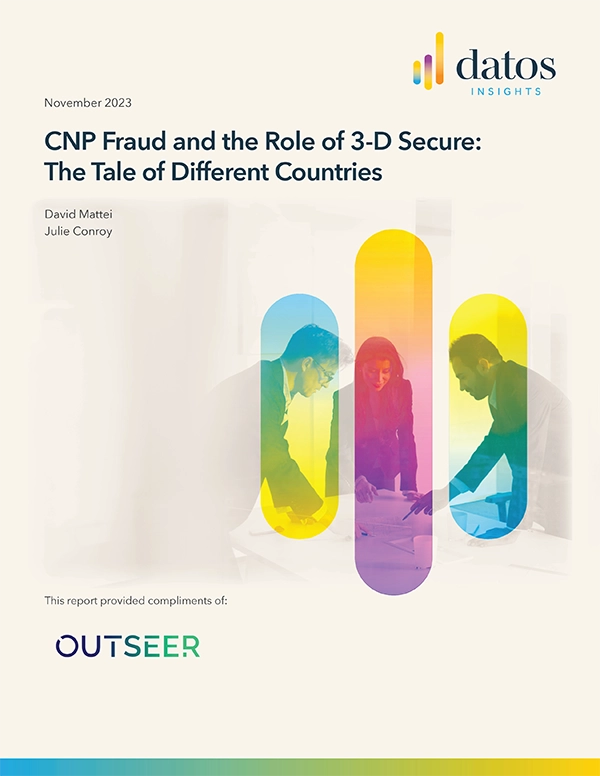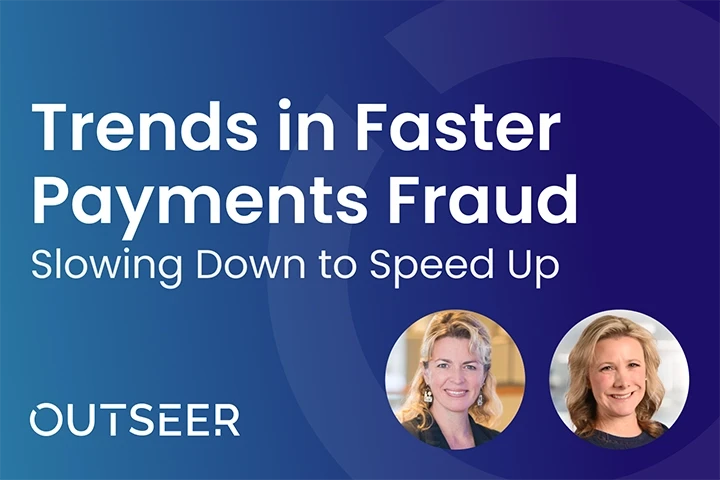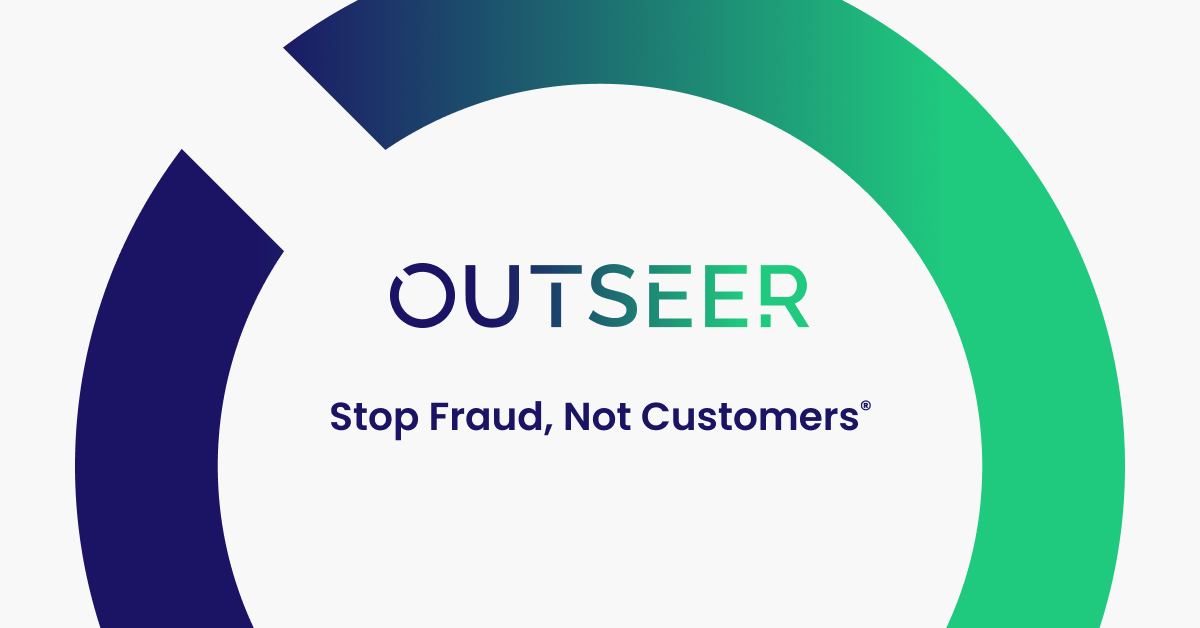A keenly awaited announcement by the FCA on 29th November should be good news for any organization with stakes in eCommerce and, just as importantly, their customers.
What the FCA has confirmed – in a lengthy guidance document and now abridged by me – is that spending patterns that identify a cardholder can be considered in the approval or authentication process when an individual pays using a credit or any other eCommerce card.
But don’t take my word for it – the actual FCA policy statement gives us the official line:
“In our view, inherence can be defined as a characteristic attributable to a person, including behavioral analytics, such as spending patterns. We have added this clarification in our updated guidance.”
This means that a transaction can be considered as authenticated under SCA rules, without the need for additional biometric technologies such as fingerprint scanning, voice recognition or hand and face geometry that some individuals may be unable or unwilling to provide.
Put more technically, the FCA ruling allows for spending patterns (using EMV 3DS data profiling) that identify the cardholder to be considered as inherence in the Strong Consumer Authentication (SCA) process to authenticate an individual performing an eCommerce card not present (CNP) transaction.
The inherence elements of SCA are used to verify that the authorizing party is the actual payer. The use of a cardholder’s EMV 3DS profile data does exactly this.
So why is this such good news?
Frictionless customer experiences, “top of wallet’’ loyalty and inclusion spring to my mind.
When we know what real customer behavior looks like we can use this knowledge to transparently authenticate the transaction, and only highly suspicious activity is sent through step-up authentication. This process ensures a frictionless flow for legitimate transactions and other activities and helps protect the user‘s experience when they’re shopping online.
A positive, frictionless customer experience helps build “top of wallet” loyalty
When transaction success rates increase due to seamless cardholder experiences, businesses grow. The less friction there is, the better it is for business.
With so much focus on online and mobile shopping now and no signs of a downturn – what card am I going to use? I’m going to go for the one that allows a quicker, seamless transaction and I think I’m a fairly typical shopper. And just like other consumers, I don’t expect to sacrifice any security along the way.
Inclusive authentication helps bridge the digital divide
I’m not alone in welcoming the inclusion of behavioral analytics as a means of authenticating an individual as a huge step forward towards practical authentication for everyone. Any organization committed to financial inclusivity will be. For them, leveraging spending patterns in general, and EMV 3DS data in particular, as an inherence factor is also the right thing to do.
3DS profiling helps to prove the ID of vulnerable customers and those that cannot or prefer not to use biometric authentication. These are individuals who may not easily be able to provide inherence information or the behavioral biometrics required by elements such as fingerprint scanning, voice recognition or hand and face geometry. The FCA decision means such elements are non-compulsory in proving cardholder identity.
So businesses should take heed that their products and services, including the means to pay for them, should be accessible to one and all.
Confidence that helps businesses grow
Of course, one can stop 100% of fraudulent transactions by declining 100% of them but that’s hardly a desirable business outcome. However, Outseer provides seamless fraud protection that defeats both fraud and user friction at the same time. Through machine learning, data science, and advanced risk scoring, Outseer precision detection prevents 95% of all fraudulent transactions, with intervention rates (challenge or decline) as low as 5%. That’s the best performance in the industry.
Fraud detection rates are also important to benefit from SCA exemptions therefore it’s important to choose a vendor that keeps fraud rates low.
In addition, as shown in a recent research by Aite-Novarica Group, when both the issuers and merchants equitably participating in 3-D Secure, everyone benefits. In Europe for example, where the majority of your CNP volume going through 3-D Secure rails, overall net fraud is down, net 3-D Secure fraud rates are even lower and customer attrition is lower.
The research also shows that CNP authorization rates are statistically, significantly higher when using 3-D Secure. In the EU for example, 77% of merchants surveyed responded that they achieve 85% or higher authorization rates when using 3-D Secure.
Summary:
Seamless shopping experiences and mitigating fraud shouldn’t be a battle. Leveraging EMV 3DS profiling as an inherence factor can help ensure convenient and secure transactions. With Outseer 3-D Secure precision detection, organizations can be confident that their EMV 3DS profiling is performing at its best. Outseer has over a decade of science-driven innovation in anti-fraud and payments authentication solutions and is passionate about innovating highly secure solutions in the card-not-present payments environment.
CTA
Learn more about Outseer 3-D Secure
CTA
Download the Aite report















